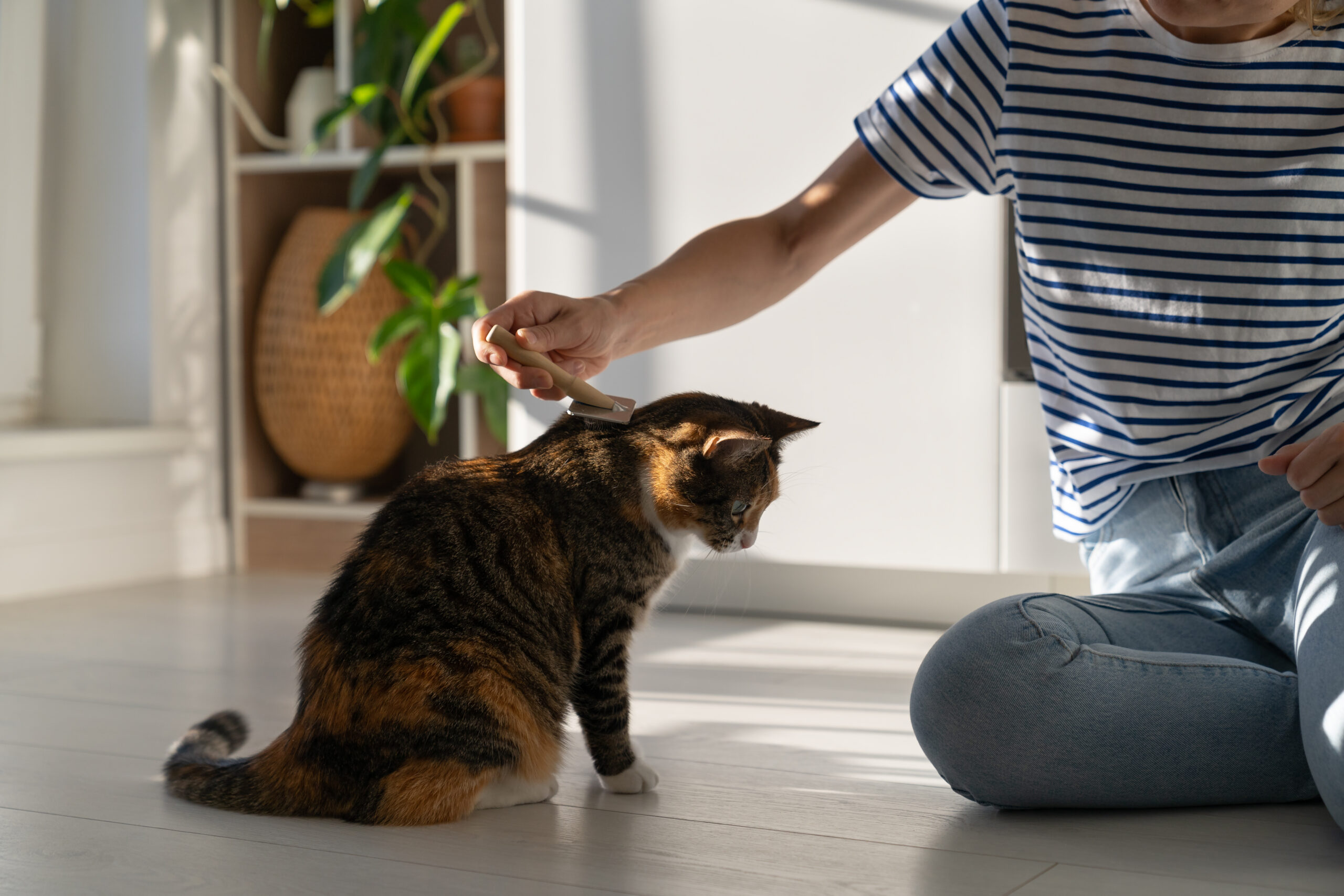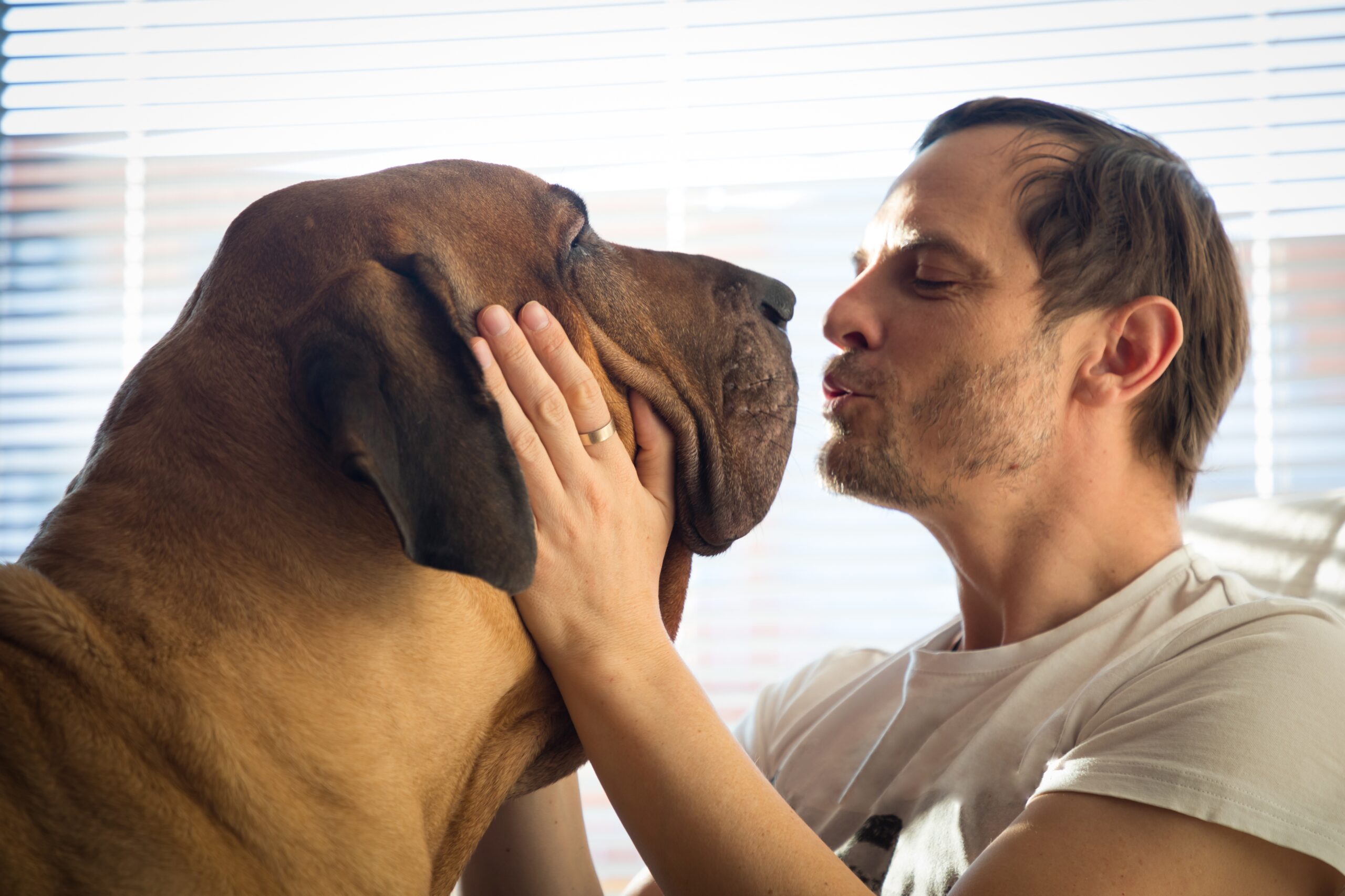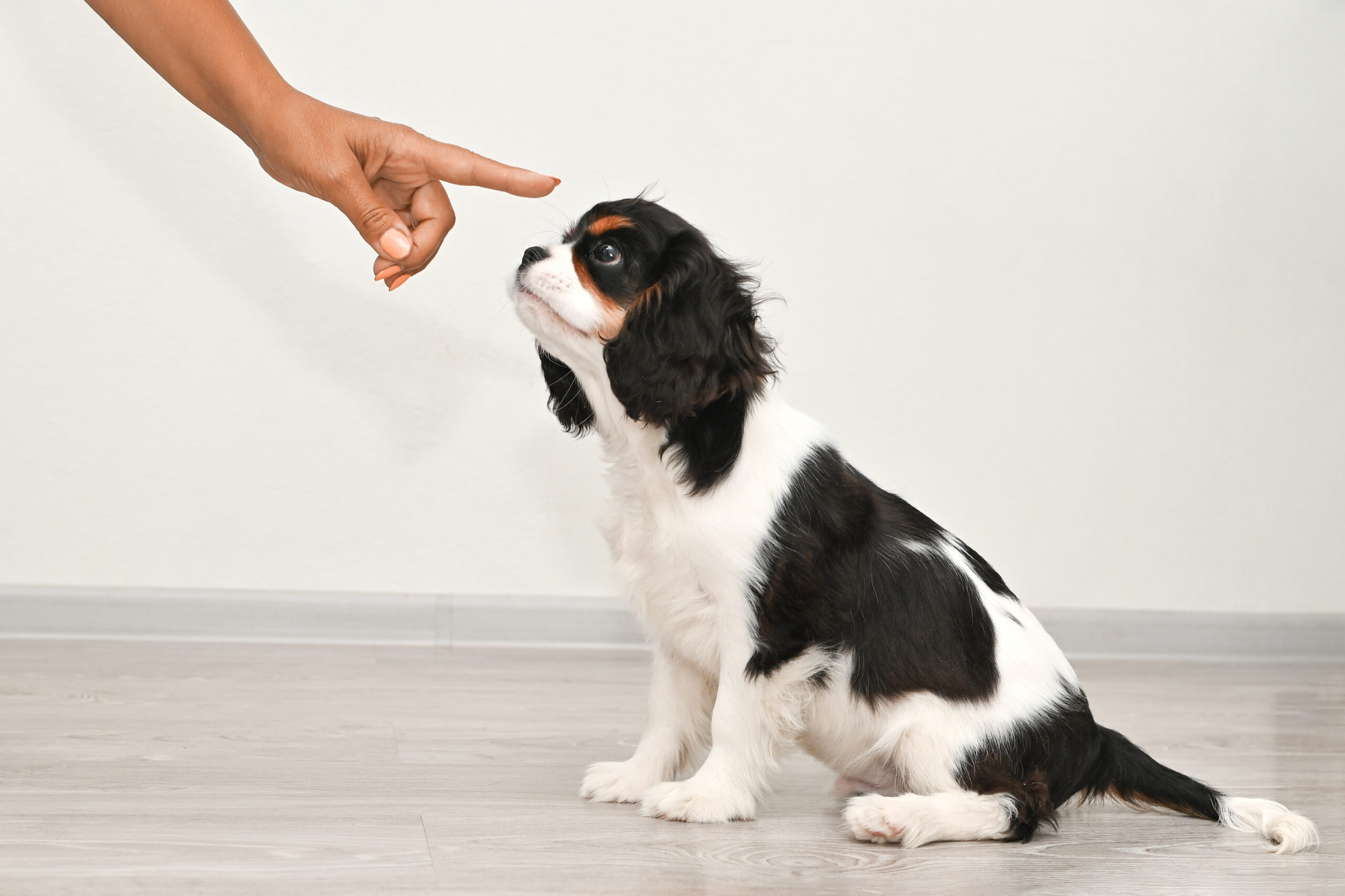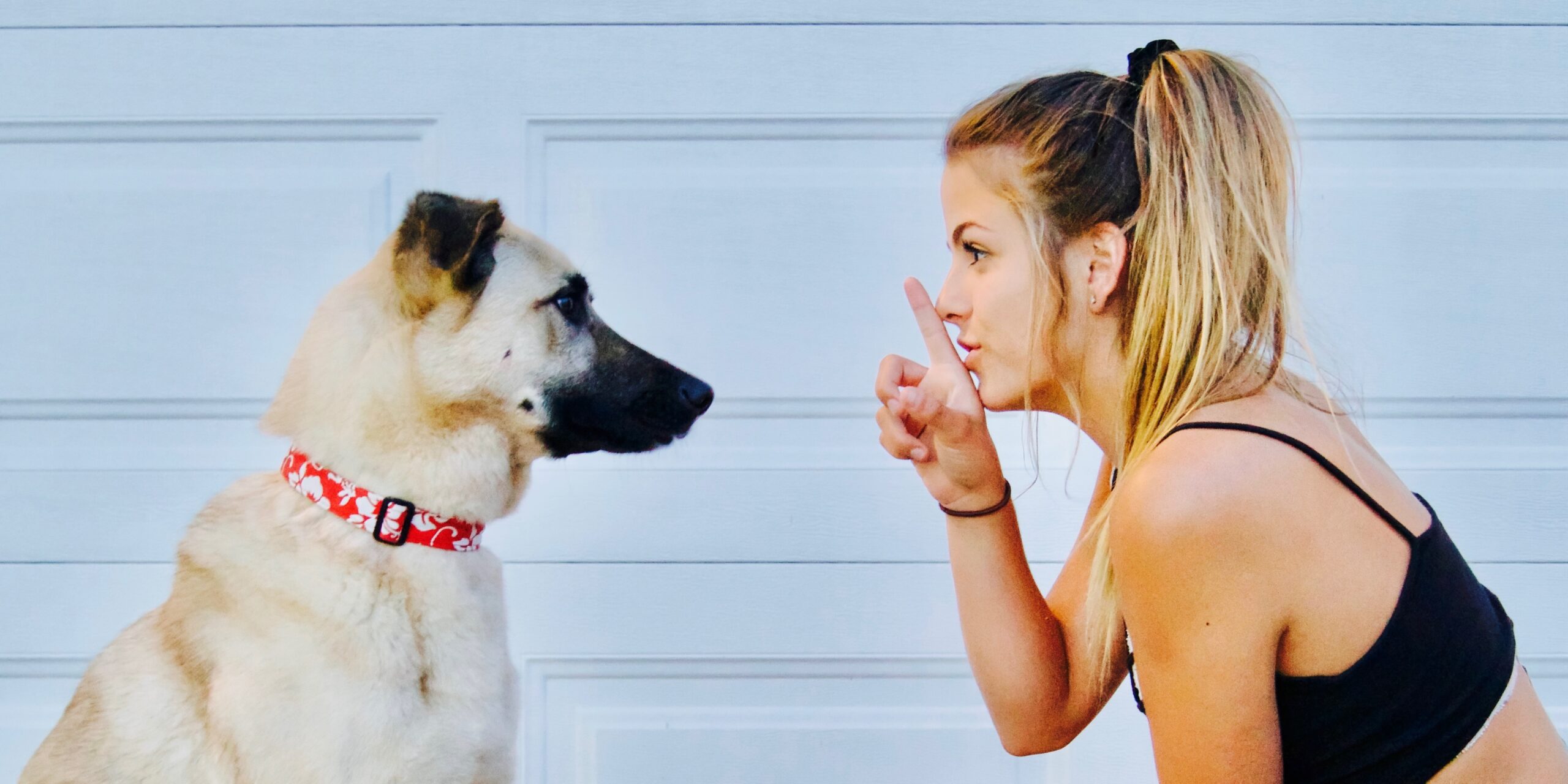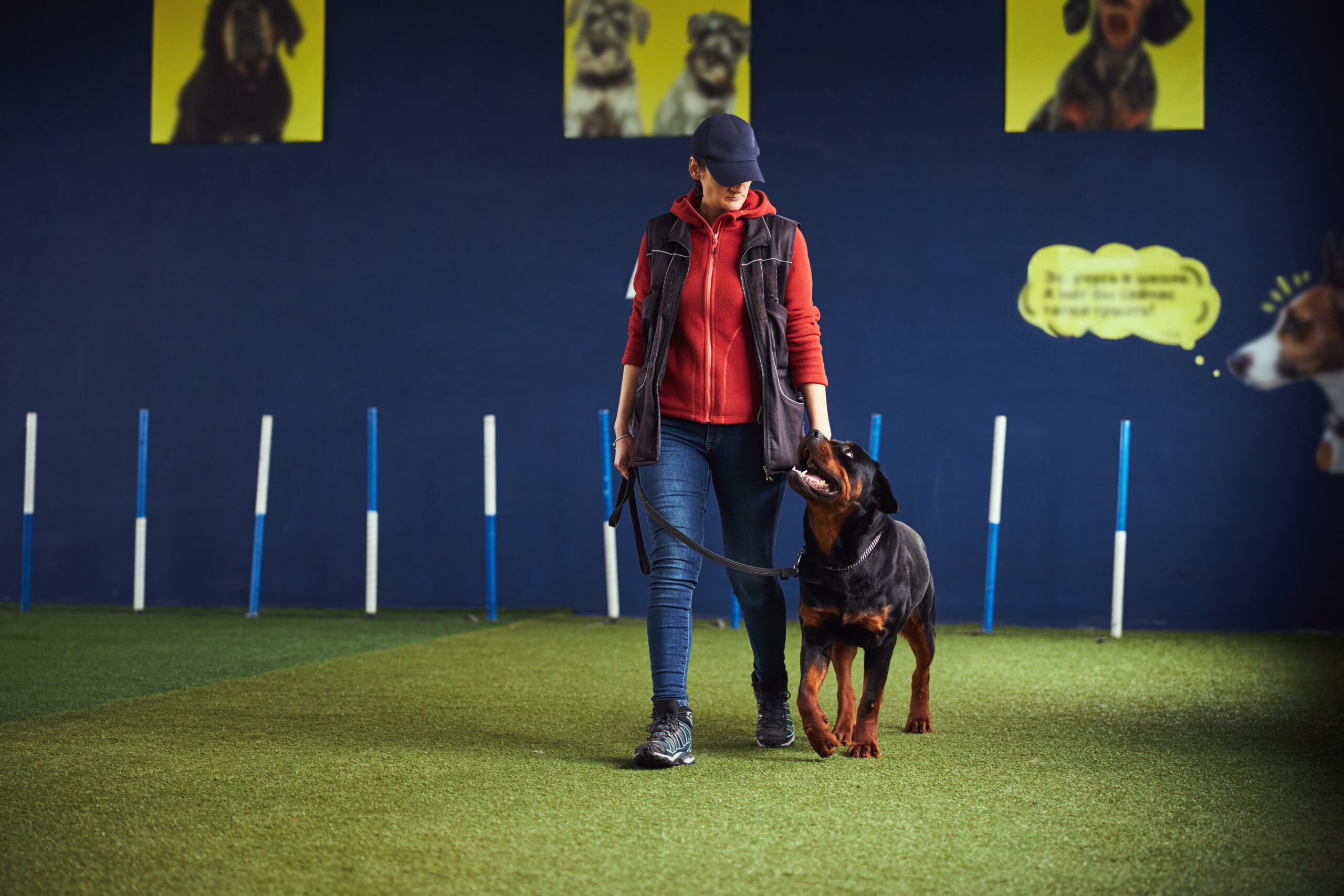Pet ownership can be one of life’s most fulfilling experiences, and a key part of that is practical training. A well-trained dog brings peace of mind to its owner and leads a safer, more enriched life. Whether teaching basic commands, improving off-leash recalls, or correcting behavioural issues, dog training requires patience, consistency, and, increasingly, the right technology.
The training collar is one of the most talked-about advancements in modern dog training. These devices have evolved as positive reinforcement and behavioural correction tools, helping owners communicate more clearly with their pets. But how exactly do they work, and are they safe? In this article, we explore current dog training methods and look at how tools like the MimofPet dog training collar reshape the landscape of pet behaviour training.
The Importance of Consistent Dog Training
Dogs are creatures of habit. They thrive on routine and respond well to clear, consistent instruction. Whether you’re training a new puppy or working through behavioural challenges with an adult dog, timely correction, reward, and repetition are the keys to success.
Common training goals include:
- Teaching basic commands like sit, stay, and come
- Reducing excessive barking
- Preventing leash pulling
- Managing aggression or anxiety
- Promoting off-leash recall and safety
While traditional methods, such as voice commands and praise, remain essential, technology is becoming a helpful supplement, especially when verbal cues are ineffective.
What Is a Dog Training Collar?
Dog training collars are devices designed to improve communication between youThe electronic shock collar, also called an e-collar or remote training collar, is among the most discussed types. While controversial in the past, today’s e-collars are far more advanced, with adjustable settings and safety features that make them much more humane and effective when used correctly.
Innovative Tools for Smarter Training: MimofPet’s Innovation
Companies like MimofPet are redefining the role of technology in training by combining functionality with compassion. The MimofPet dog training collar exemplifies this shift, offering a customisable training experience tailored to your dog’s temperament and size.
Features include multiple training modes such as beep, vibration, and gentle static stimulation. The device has a weather-resistant design, making it suitable for outdoor use. It comes with a rechargeable battery for convenience and a long-range remote control, ideal for off-leash training. An LCD screen allows for easy adjustments, and a safety lock helps prevent accidental corrections.
These advanced features make the collar particularly useful for stubborn or high-energy breeds, offering a structured way to establish boundaries.
Best Practices for Using a Training Collar
If you decide to introduce a training collar, follow these guidelines to ensure it’s used effectively and humanely:
1. Gradual Introduction
Let your dog wear the collar for short periods without activating it. This helps them become comfortable with it before any training begins.
2. Choose a Calm Environment
Start training in a quiet, distraction-free area to prevent overwhelming your dog.
- Use Minimal Stimulation
Always start with the lowest setting and observe your dog’s response. The goal is to redirect, not punish.
- Combine with Positive Reinforcement
Praise and treats should always accompany corrections. This teaches your dog what behaviour is expected.
- Short, Frequent Sessions
Dogs learn best in short, consistent bursts, rather than long, tiring sessions.
- Avoid Aggression Cases
Do not use training collars to correct aggression. Consult a professional trainer or animal behaviourist first.
Are Training Collars Right for Every Dog?
Training collars are not a one-size-fits-all solution. Many dogs respond well to basic positive reinforcement methods without needing electronic aids. However, for dogs with:
- Persistent behavioural issues
- High levels of distraction outdoors
- Difficulty with recall or leash manners
A training collar like MimofPet’s can be a helpful supplement to conventional training, primarily when used with guidance from a professional.
Always consult your veterinarian or a certified dog trainer to determine whether a training collar is appropriate based on your dog’s age, breed, temperament, and needs.
Conclusion
Modern dog training is about building trust, improving communication, and deepening your relationship with your pet. While technology should never replace positive human interaction, tools like training collars, when chosen carefully and responsibly, can enhance the learning experience for you and your dog.
As training tools become more sophisticated, companies like MimofPet lead in safe, user-friendly, and compassionate pet technology. When used intelligently and ethically, these devices offer pet owners a powerful ally in raising well-mannered, confident, and happy


 Animal Facts8 years ago
Animal Facts8 years ago
 Pet Nutrition8 years ago
Pet Nutrition8 years ago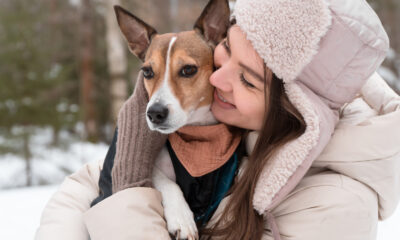
 Animal Facts8 years ago
Animal Facts8 years ago
 Animal Facts8 years ago
Animal Facts8 years ago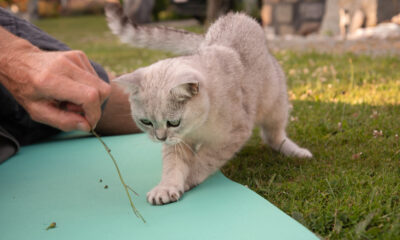
 Cats8 years ago
Cats8 years ago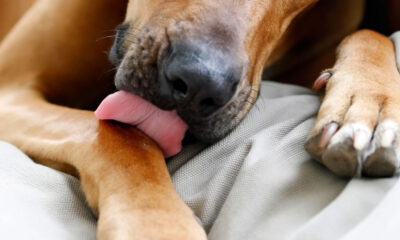
 Animal Facts8 years ago
Animal Facts8 years ago
 Cats8 years ago
Cats8 years ago
 Animal Facts8 years ago
Animal Facts8 years ago

